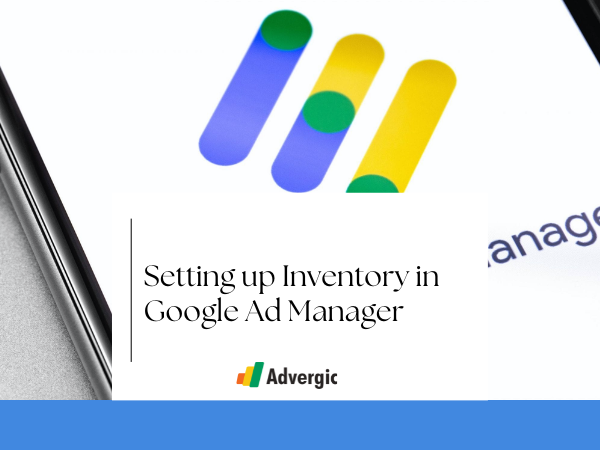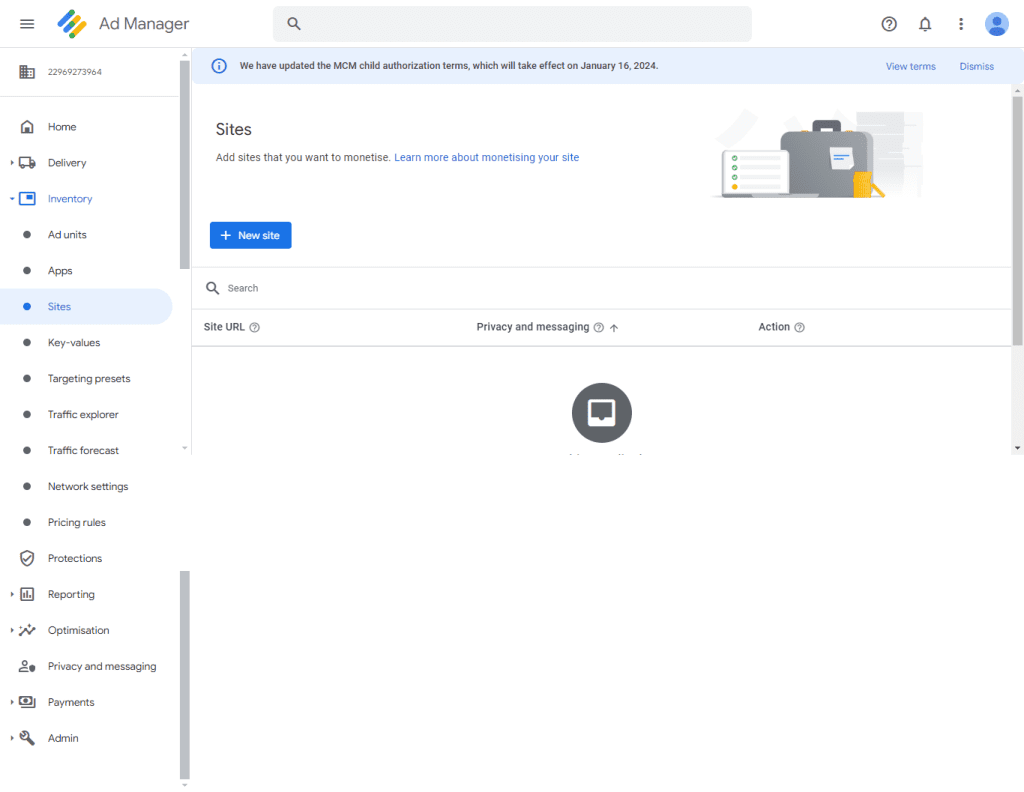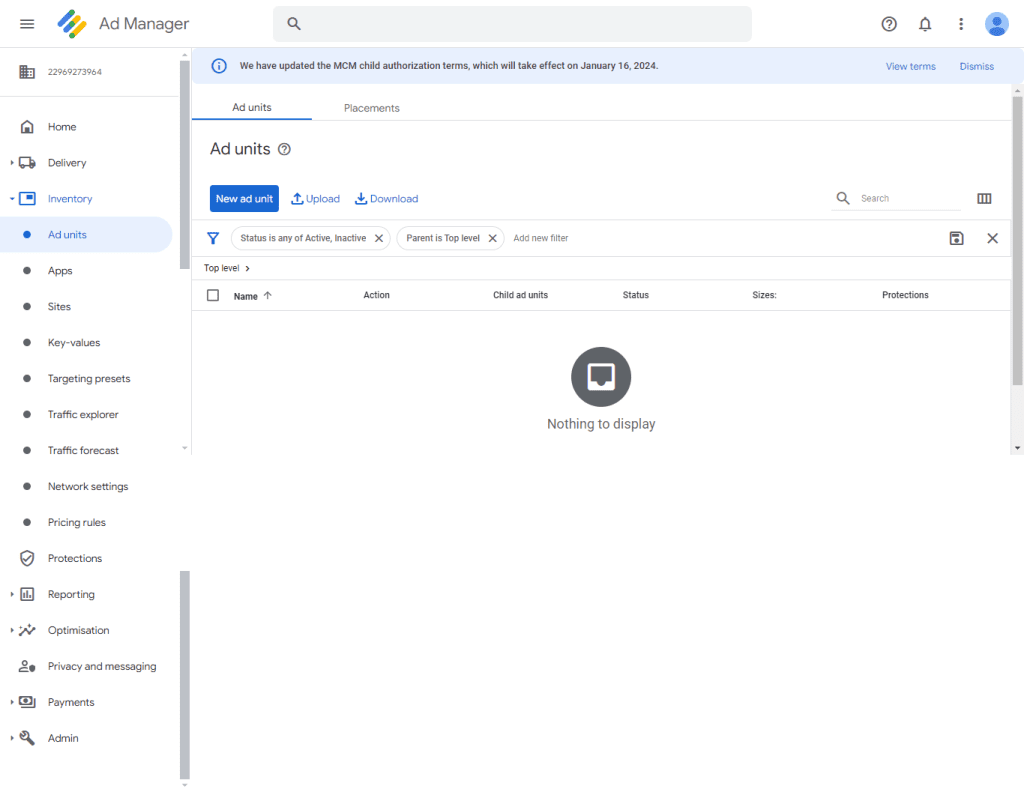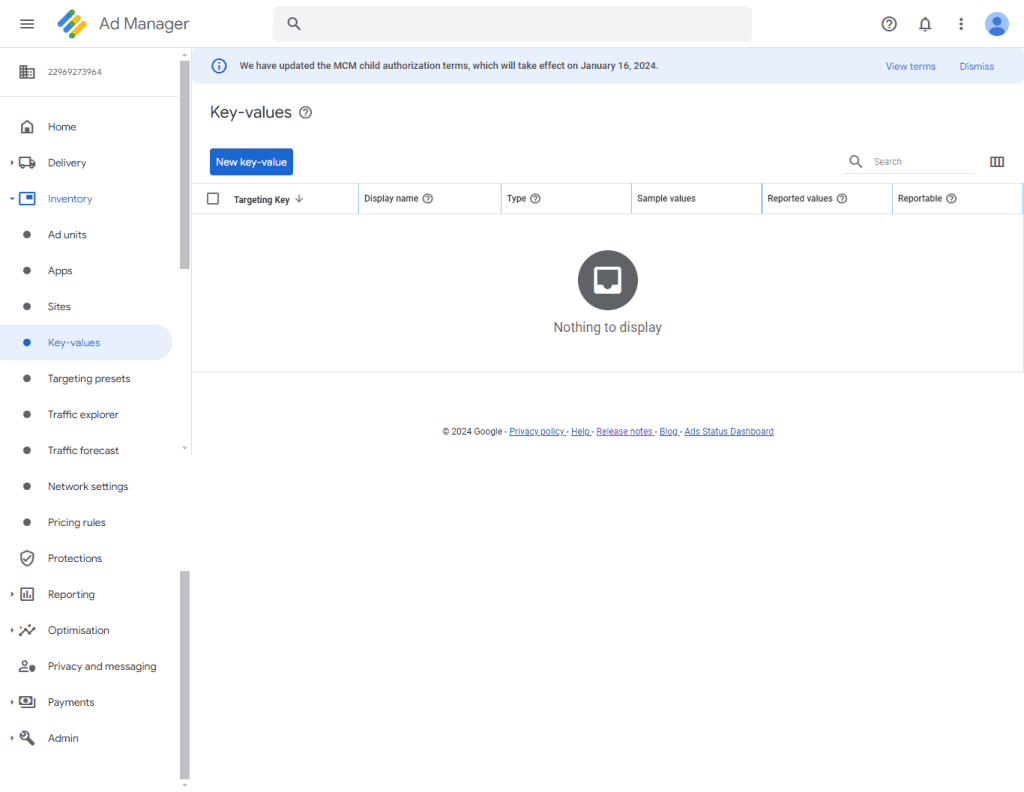Google Ad Manager is a robust platform for managing and optimizing ad inventory, making it an essential tool …
Google Ad Manager is a robust platform for managing and optimizing ad inventory, making it an essential tool for digital publishers, advertisers, and content creators. Setting up your ad inventory in Google Ad Manager can be a game-changer when it comes to maximizing revenue from your online content. In this step-by-step guide, we will walk you through the process of creating and managing ad inventory, so you can take full advantage of this powerful tool.
Sign In or Create a Google Ad Manager Account
If you don’t already have a Google Ad Manager account, you’ll need to sign up using your AdSense account admin email. Visit our blog to learn how to create a Google Ad Manager account. If you have an existing ad manager account, you can use it to log in. Once you’re logged in, you’ll be ready to get started.
Exploring the Inventory
Your inventory comprises ad units, placements, and key-values that let you target across all of your content. Following items are included in GAM Inventory:
- Apps / Sites
- Ad units
- Key-values
Apps/Sites
Apps and Sites are platforms which you want to show ads on. You have to add your app or site in Google Ad Manager to display ads on. In addition to standard ad units and placements, you can target each app or site individually in ad manager. To add an app to Google Ad Manager, follow these steps:
- Click on “Inventory” in the left menu
- Choose “Apps.” (Incase you have a mobile application)
- Click the “Add app” button and fill in the information to add your application.
- Follow the instructions to link your application to your Google Ad Manager account
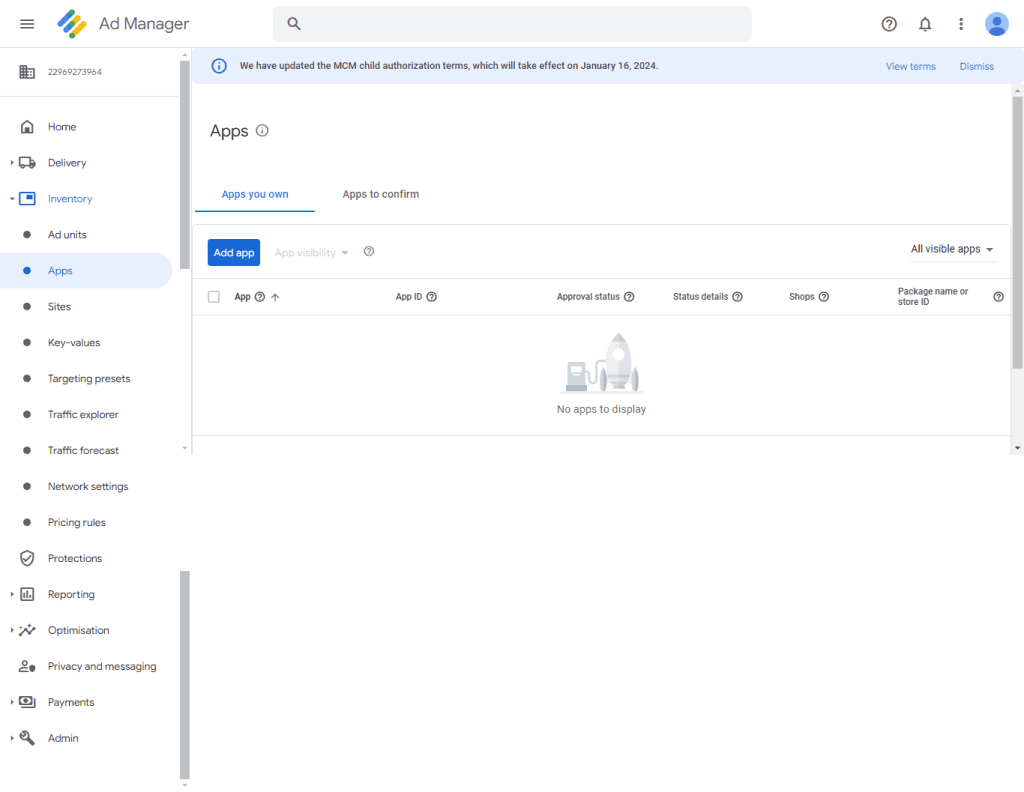
To add a site on Google Ad Manager, Follow these steps:
- Click on “Inventory” in the left menu
- Select “Sites”
- Click the “New site” button and follow the instructions to add your site
Setting up Ad Units
Ad Units are the key elements in your ad inventory that are set up to display ads on your website. Each Ad Unit displays a specific dimension of ad. To set up an ad unit, you will need to follow these steps.
- Click on “Inventory” in the left menu.
- Choose “Ad units.”
- Click the “New ad unit” button and follow the instructions to create your ad unit. You can customize its name, size, and other settings.
Key-values
Key-values enable you to create custom targeting. They are integrated into ad tags and utilized by a targeted selector. Key-values can be used for multiple purposes like: Identifying pages on a website, specify parts of a page, help target other ad inventories. To create key-values, you have to follow these steps:
- Click on “Inventory” in the left menu
- Select “Key-values”
- Click on “New Key-value”
- Add details in the appeared window
Conclusion
In conclusion, configuring ad inventory within Google Ad Manager may appear intricate, yet by adhering to this comprehensive tutorial, you can effectively leverage the extensive capabilities of this robust platform.
By implementing efficient ad inventory management strategies, you can optimize the allocation of your advertising space, thereby enhancing the appeal to potential advertisers, optimizing user experiences, and ultimately boosting your revenue. Begin your journey into the realm of online content optimization by leveraging the powerful capabilities of Google Ad Manager. maximize the potential of your digital assets and enhance your online presence.
Have questions about Header bidding wrapper and price granularity?
Schedule a free consultation with our Header Bidding Expert today 📞
